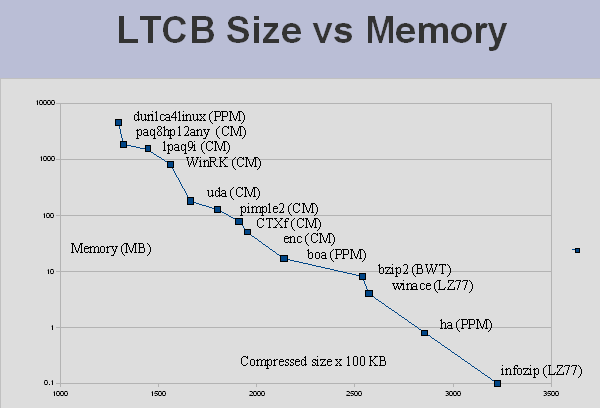


The MASTER_RECIPIENT may be set directly in the defaults module, or indirectly by specifying MASTER_RECIPIENT in a command stream referenced by SECUREZIP_CONFIG. To meet corporate security policies, SecureZIP provides the ability to include a "contingency-key" or master recipient certificate in a job when strong encryption is activated through the MASTER_RECIPIENT setting.

Only PKWARE Test3 and PKWARE Test4 have the trusted chain included (ROOT and INTERMEDIATE CA). Please note that Smartcrypt / SecureZIP for z / OS ships with four x.509 test key pairs (PKWARE Test1, PKWARE Test2, PKWARE Test3 and PKWARE Test4). To verify proper setup choose option 8, then option 2 to run the Certificate Store IVP.ĭistribute the DB Profile location to all appropriate users with the proper syntax (e.g. Review and submit the JCL that is created.Ī new database profile should have been created and set as your "Active DB Profile" When prompted, select to enable / disable the various security policy settings Type CREATE at the option line and complete the required files for HLQ, the New Database Profile and page down to add any specific SMS / non-SMS allocation parameters that may be needed. Select option 1 for "Local Certificate Store Administration." Type CS at the option line for the Certificate Store Panel, Type A at the option line for the Administration Panel, You do so by properly configuring the PKISPF and PKZSTART members of the INSTLIB dataset, then following these steps. You must first create and prime a local certificate store on the mainframe. LDAP: Certificate store for individual public-key X.509 certificates accessible via a TCPIP network. CSCRL: Certificate store for the certificate revocation lists maintained on the local system.

CSROOT: Certificate store for the Trusted Root public-key X.509 certificates on the local system. CSCA: Certificate store for Certificate Authority public-key X.509 certificates on the local system. CSPUB_DBX_PATH_PUBKEY: VSAM index structure allowing the identification of public / private-key X.509 certificates on the local system. CSPUB_DBX_PATH_EM: VSAM index structure allowing the email search and selection of public / private-key X.509 certificates on the local system. CSPUB_DBX: VSAM index structure for the public-key X.509 certificates on the local system CSPUB_DBX_PATH_CN: VSAM index structure allowing the common name search and selection of public / private-key X.509 certificates on the local system. CSPRVT: Certificate store for individual private-key X.509 certificates on the local system. The primary store components used by SecureZIP include:ĬSPUB: Certificate store for individual public-key X.509 certificates on the local system. A certificate store is the location of where various types of certificates are kept and accessed. These are kept in file streams encoded according to the X.509 standard. Recipient-based encryption requires that public and private key certificates be used by Smartcrypt. Once they have decided that the ++HOLD is not applicable to their situation, or noted whatever action we recommend to address the possible change issue, they may uncomment the BYPASS statement, which is an acknowledgement to SMP/E that it may proceed with the APPLY. So this gives the systems programmer an alert to review the ++HOLD information before proceeding with the APPLY. For example, if a defaults setting has a new value that would result in a change in behavior. There may be times when engineering determines that a particular levelset may (but not necessarily) have the potential to impact an installation in an unexpected way when that levelset is applied over top of a previous level.
#Pkware vs 7zip install
By default, SMP/E will not install the ++PTF for the levelset, but would generate a report indicating that it has been blocked by the HOLD. The reason ID is a short description of the required processing, such as ACTION or IPL.Īs such, we publish our levelsets with a ++HOLD SYSTEM. SYSTEM holds are used for SYSMODs that require special actions outside normal SMP/E processing. The IBM description for this category is: The types of warnings are broken into categories, one of which is SYSTEM.
#Pkware vs 7zip software
In SMP/E there are conditions under which the software product or the user wants to be alerted to the fact that there are potential risks with indiscriminate application of the related product change.


 0 kommentar(er)
0 kommentar(er)
